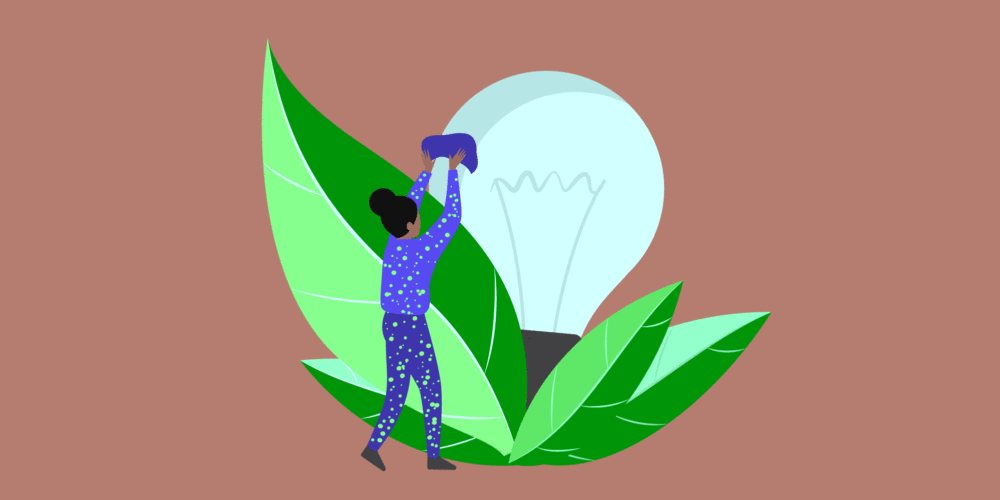Status + Thoughts.
I think we’re in that moment where there’s some brief euphoria (not unlike sitting with seed catalogs after Christmas), something like a subtle indescribable happiness about growing things. The space is about to take off. Daydreams begin of lush foliage bearing tomatoes and peppers and berries in this dense patch of land. Standing in the middle thinking with contentment on how things finally got cleaned up, the soil was sifted and refreshed as needed, the seedlings started weeks ago are adjusting to the outdoors.
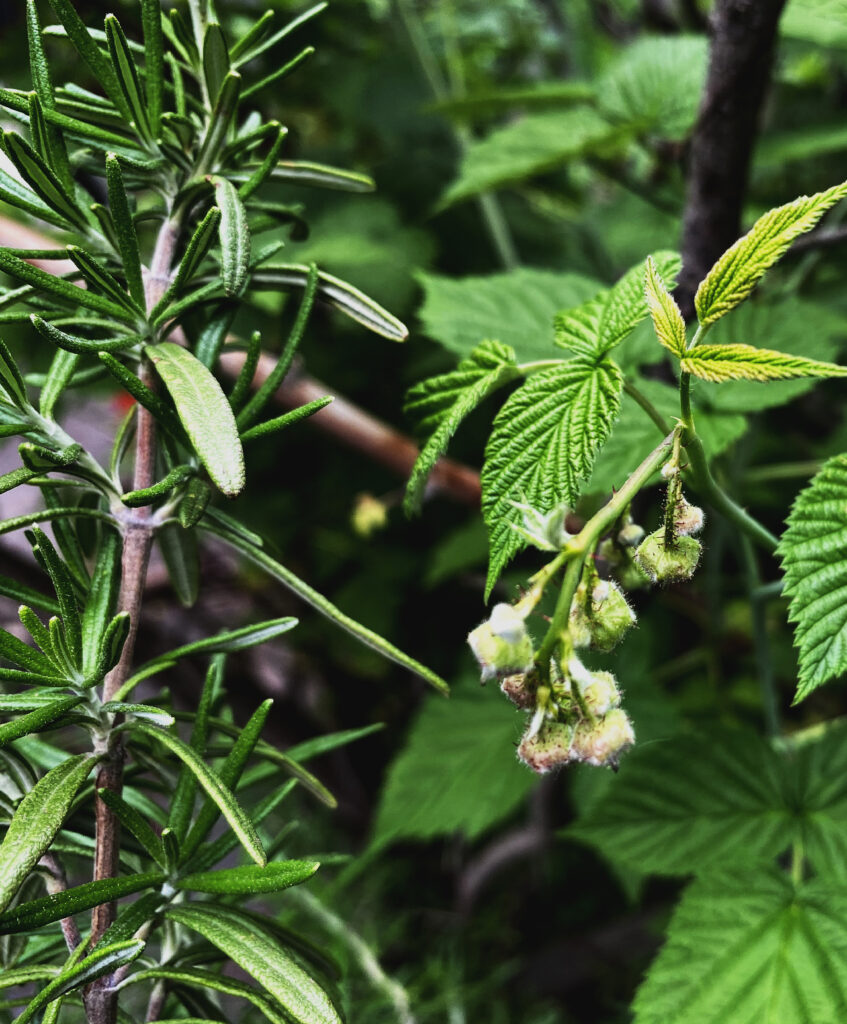
Raspberry flowers are arriving, but we expect a more abundant harvest in the fall. The rosemary seems to like growing alongside. 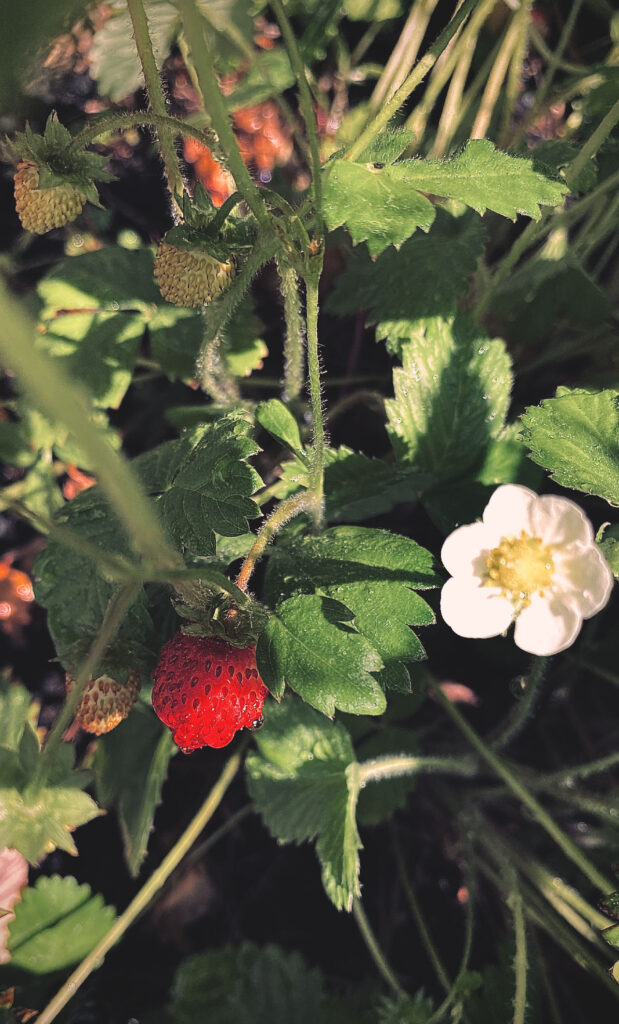
We avoided commercialized “organic” strawberry cultivars in favor of the “wild” native woodland heirloom. The berries are very small + intensely flavorful.
Thinking of how some of last year’s efforts may have made a difference already in 2021. The perennials and overwintered crops came back in an almost magical way. Just beautiful. And early.
Focusing on the soil itself dominated our decisions in 2020; we focused almost exclusively on restoring microorganisms to the soil. We were able to do this because the soil already had plenty of properly decomposed nutrients. It’s rich stuff. But in an urban setting, “environmental stress” doesn’t even begin to cover the challenges, the mysterious disappointments, the relief that anything grows at all…
There are many variations, techniques, and methods of “adding microbes” to the soil. Some people make or buy “compost teas”. They add mushroom-based products. Things like that. Why? Well they’re supposed to allow plants to better absorb the nutrients in the soil. The nutrients won’t do all the good they could if the plant can’t absorb them well enough.
So in 2020, from the seedling stage, we focused on the soil + root systems.
The leaves on EVERYTHING were unbelievably green. Yeah, leaves are green. But, no, really: the green was unusually vibrant. Something was in fact different. (Microbes increase and catalyze reserve energy from nutrients, carbon, and light.)
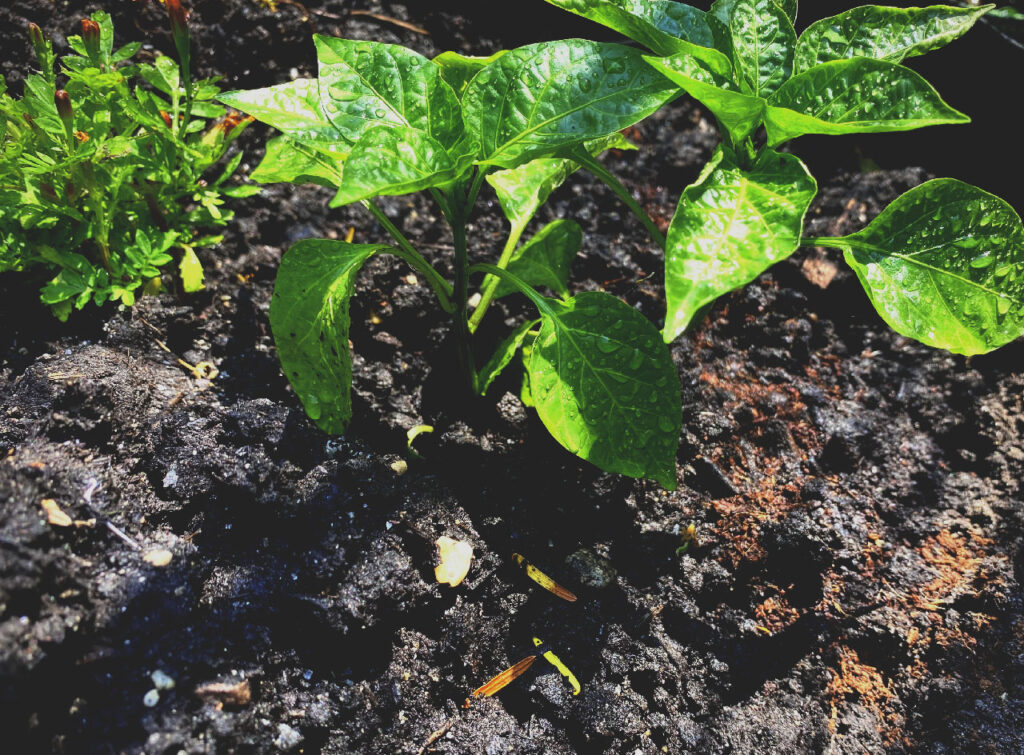
Something many people know but have done nothing about is the fact that leaves are able to absorb nutrients all on their own. The roots are not the only avenue. I knew about this and didn’t do anything either but was reminded when watching a video about pineapple growing. (I don’t live in a region that supports this but it was fascinating to watch). The farmers almost exclusively fed them via the foliage, not the roots. This inspired some research + receptiveness to techniques that might benefit the foliage in my eastern coastal/woodland region. There are indeed ways to provide nutrients to the foliage that even maximize photosynthesis. This is especially interesting in an urban setting because the amount of sunlight isn’t always enough. We trialed direct foliage nutrients last year, and will continue research in 2021.

I hadn’t seen this one before; it is Iris sibirica. There are so many stories of its “origin” but in truth people took what was descended from the original North American Iris brevicaulis and kept cultivating more varieties. Apparently this was planted 5 years ago. It’s the exact “Electric Violet” color! 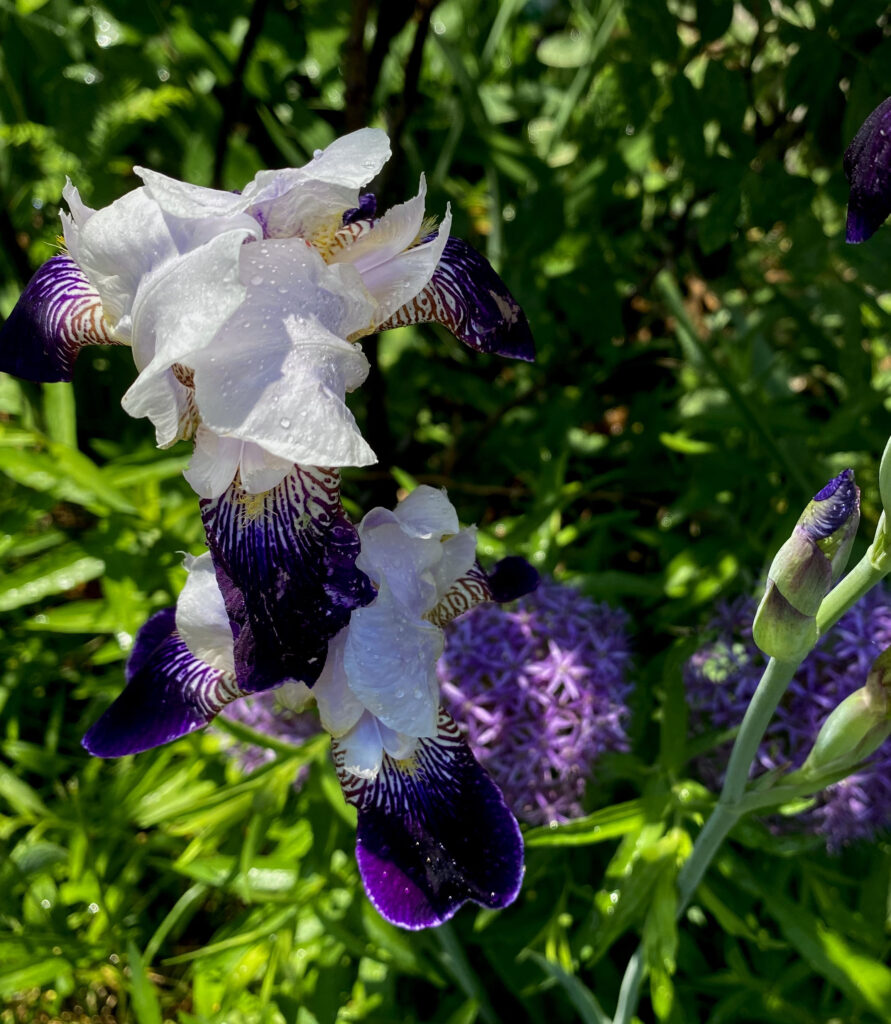
I talked about these a lot in 2020. This year they appear to have propagated on their own; there are so many more of them in the space. Some consider them a heritage or heirloom cultivar. 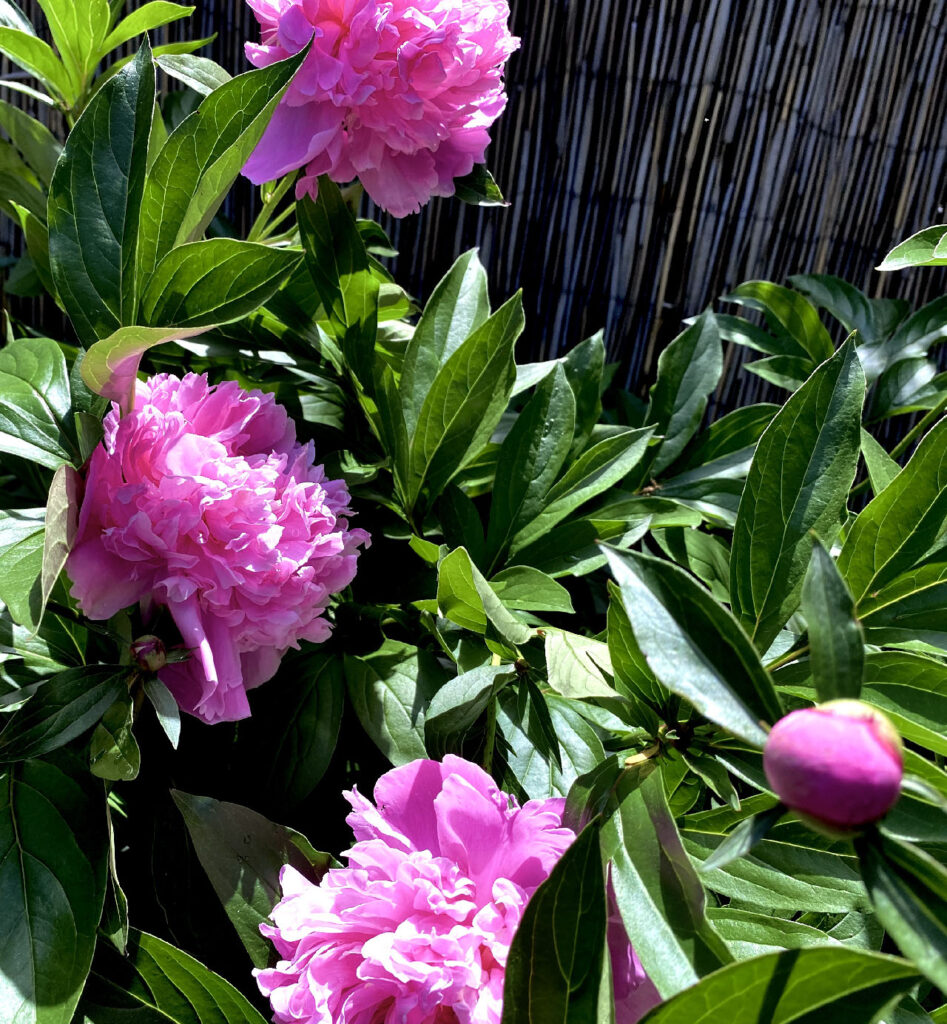
This plant seems to get better every year (Pink Peony / Paeonia, derived from ancient origins in North America and Asia; they’ve been cultivated in places around the world over centuries and this one is a commercial variety). But anyway…The pollinators are going crazy over it. It overwinters extremely well, doesn’t seem to mind extremely cold temperatures. It comes back with the blooms.
We still need 2021 + 2022 to confirm that this path of “agroecology” is “correct” – there are so many options to regenerate soil that only time will tell which ones excel. Time is one of the most important inputs in farming. Even the waiting. That’s time, too.
It’s interesting how some things just don’t have a shortcut.

